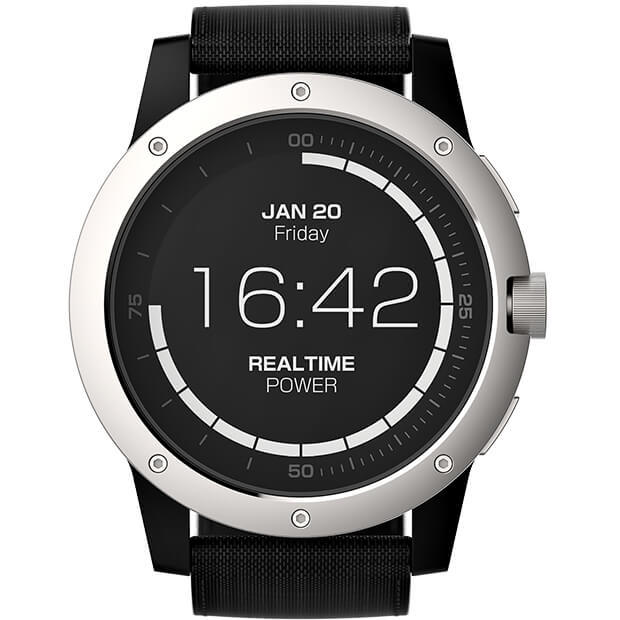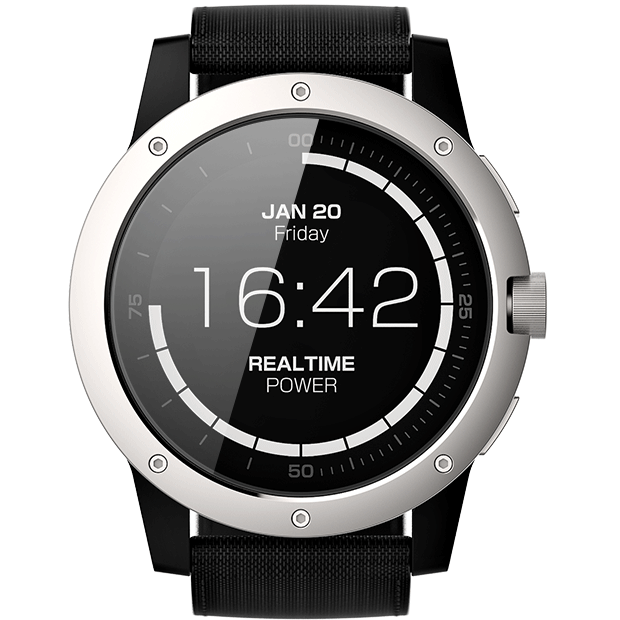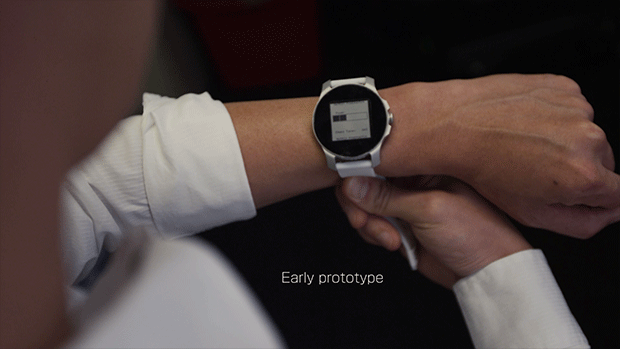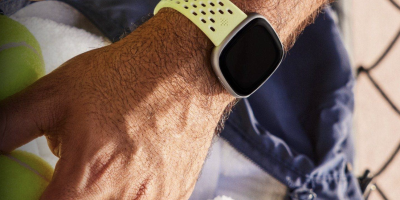When we think “smartwatch that never needs to be charged,” we think of something like WattUp by Energous. It’s practical, and believable (albeit perhaps too immature for consumer electronics in its early going).
So, you’ll have to excuse us when we didn’t immediately believe that there’s a smartwatch said to be on the way in October 2017 that “never needs to be charged.” That’s what Matrix PowerWatch is promising.
But let’s set aside our stubborn disbelief and consider what they’re actually proposing here. The PowerWatch, you see, will draw its energy from the heat produced by your body.
It uses thermoelectric technology to convert that heat into usable energy. As such, charge rates could vary depending on how active you are — a typical day at the office might generate just a fraction of what a full-blown workout at the gym would, for instance.
And the energy stored in this manner isn’t just a fallback — it’s the default mechanism, so taking the watch off will cause it to cease working and enter a low-energy state until you put it back on. We imagine this is the case because even a long day of activity wouldn’t provide enough energy for it to work continuously without a constant power source — your body might be able to produce as much power as a light bulb when idle, but we doubt the watch can draw that much power from one little point of your wrist.
Regardless, it all sounds very interesting. The Matrix is aimed at fitness buffs because thermoelectric technology enables accurate calorie burn reporting, which makes sense considering that measuring calorie burn using heat is a common scientific technique. And, of course, there’s your step counter, sleep tracking, and water resistance attributes to turn it into a basic fitness watch. There are even timer and stopwatch apps on board.
If you believe in the product (not concept — they have working prototypes, folks) and want to get one of your own, you can contribute to the project by pledging at IndieGoGo. The cheapest option for getting one is currently $129, and they’ll be shipped as early as July 2017 if expectations hold up (they often don’t). A full retail launch is expected to arrive in October.













Comments